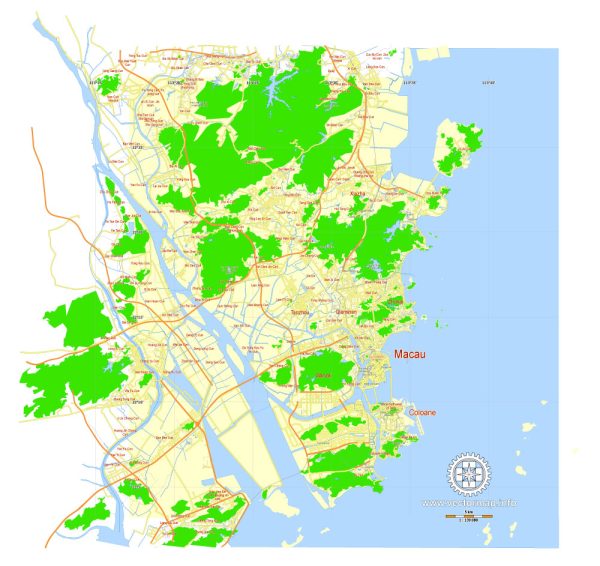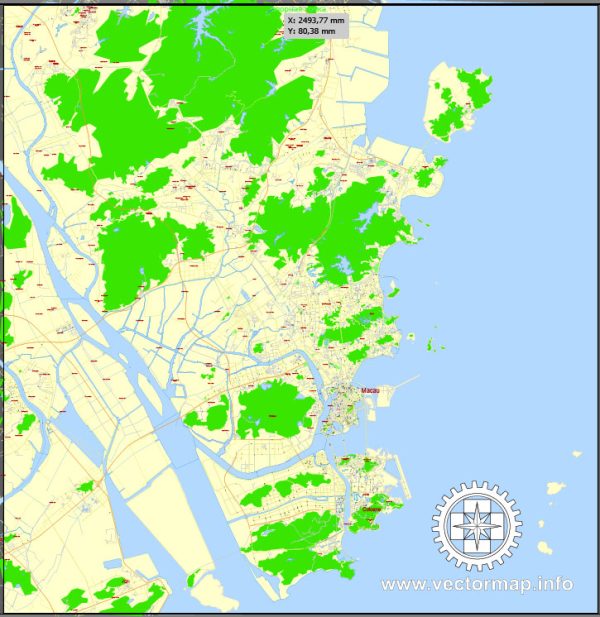Macau, a Special Administrative Region of China, has a rich history of urban development that spans several centuries. Here’s a brief overview of the key historical milestones in Macau’s urban development:
- Early History (Pre-16th Century):
- Macau’s history dates back to ancient times when it was inhabited by various indigenous peoples. Portuguese explorers arrived in the region in the 16th century.
- Portuguese Colonial Period (16th Century – 1999):
- In 1557, Portugal obtained permission from China to establish a trading post in Macau. Initially, the Portuguese focused on trade, but over time, Macau developed into a significant port and a hub for cultural exchange between East and West.
- The city’s architecture reflects a blend of Portuguese and Chinese influences. Notable landmarks from this period include the Ruins of St. Paul’s, Senado Square, and various colonial-era churches and fortresses.
- Handover to China (1999):
- In 1999, Macau was handed back to China from Portuguese administration under the principle of “one country, two systems,” similar to the arrangement in Hong Kong. This transition marked the end of over four centuries of Portuguese colonial rule.
- Post-Handover Urban Development (Late 20th Century – Present):
- After the handover, Macau experienced rapid economic growth, largely driven by its booming gaming and tourism industries. The construction of modern casinos and entertainment complexes reshaped the city’s skyline.
- The Cotai Strip, a reclaimed land area between the islands of Taipa and Coloane, became a major focus of development, featuring large-scale integrated resorts, hotels, and entertainment facilities.
- Macau’s government has invested in infrastructure projects to accommodate the growing population and tourism, including transportation improvements like the Macau Light Rail Transit system.
- UNESCO World Heritage Sites:
- Several areas in Macau have been designated as UNESCO World Heritage Sites, including the Historic Centre of Macao. This recognition highlights the city’s unique blend of Chinese and Portuguese architecture and its historical significance.
- Cultural Preservation:
- Efforts have been made to preserve and restore historic buildings and neighborhoods. The Macau Museum and other cultural institutions showcase the city’s history and heritage.
- Challenges and Opportunities:
- Macau faces challenges related to urban density, infrastructure development, and balancing economic growth with cultural preservation. The government continues to address these issues while exploring sustainable urban development strategies.
In summary, Macau’s urban development history is a testament to its role as a cultural crossroads and a thriving economic hub. The city’s unique blend of Chinese and Portuguese influences, combined with modern development initiatives, contributes to its dynamic and diverse urban landscape.



 Author: Kirill Shrayber, Ph.D.
Author: Kirill Shrayber, Ph.D.